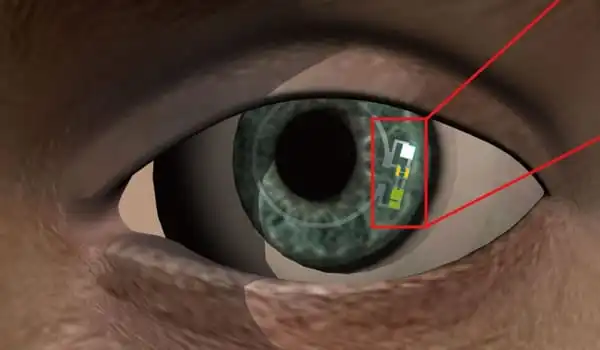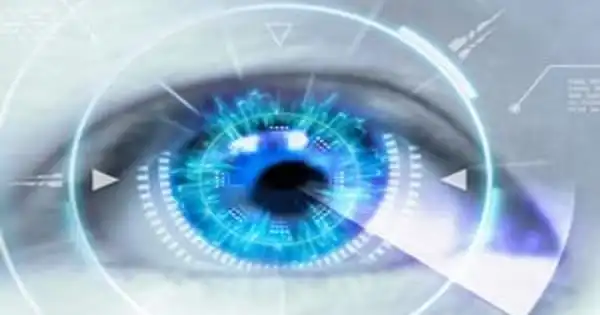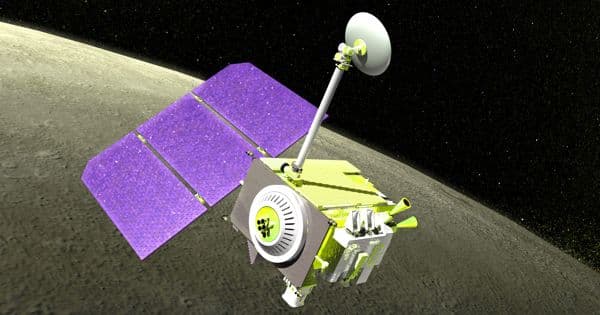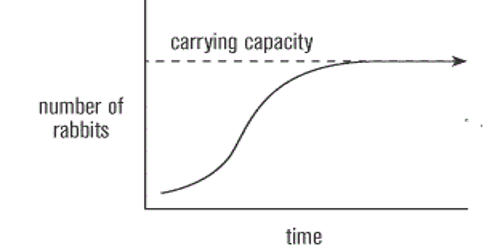A research team has created contact lens-like wearable devices to prevent and treat ophthalmologic illnesses. Diabetes is a long-term chronic condition with several complications that necessitates lifetime care. The longer a patient has diabetes, the greater the chance of developing retinopathy, which can gradually lead to a loss of vision and even blindness.
According to researchers, wireless smart contact lenses could be the answer to detecting diabetes and treating diabetic retinopathy simply by wearing them. The system, developed by a South Korean team, can successfully manage drug distribution via electrical signals and may someday eliminate the need for finger-pricking. The device uses chip technology to monitor sugar levels through the users’ blood vessels beneath the eyelids and will alert the user if a health emergency occurs. According to a recent study, the pioneering lenses properly detected glucose levels in the tears of diabetic rabbits.
A POSTECH research team led by Professor Sei Kwang Hahn and Ph.D. candidate Geon-Hui Lee (Department of Materials Science and Engineering), in collaboration with Dr. Sangbaie Shin of PHI BIOMED Co., recently developed a smart contact lens-type wearable device to prevent diabetic retinopathy and treat it in its early stages by irradiating the retina with 120 W far-red/LED light. This technique for smart LED contact lenses has received a lot of attention for various ophthalmologic illnesses.
This study has demonstrated the feasibility of a lens-type wearable device for applications not only to monitoring oxygen saturation, heart beating rate, and ophthalmologic diseases, but also to treating depression, insomnia, neuronal diseases, and other conditions.
Professor Sei Kwang Han
Diabetic retinopathy is now treated with highly invasive recurrent therapeutic injections into the eyeball or hundreds of small burns performed with a laser to destroy capillaries along the borders of the retina under anesthesia. Both operations are regarded quite uncomfortable for the patient.
The investigation with diabetic animal models demonstrated that diabetic retinopathy did not occur in animals who used the smart contact lenses for 15 minutes three times a week for a total of eight weeks. The animals who did not wear the lenses, on the other hand, developed retinopathic diseases. The safety and efficiency of the lenses were further validated by histological examination of the cornea and retina.
“This study has demonstrated the feasibility of a lens-type wearable device for applications not only to monitoring oxygen saturation, heart beating rate, and ophthalmologic diseases, but also to treating depression, insomnia, neuronal diseases, and other conditions,” said study leader Professor Sei Kwang Han.

Google announced in 2014 that it was working on developing lenses that could assess blood sugar levels from tears. However, tests on the technology revealed that the measurements were inconclusive. Despite these recent interesting findings, principal researcher Professor Sei Kwang Han of Pohang University of Science and Technology’s (POSTECH) Department of Materials Science and Engineering believes that further research is needed before making it available to the general public.
“Despite full-fledged research and development of wearable gadgets from worldwide corporations,” he stated, “commercialization of wireless-powered medical devices for diabetes and retinopathy detection and treatment is insufficient. We anticipate that this research will significantly contribute to the advancement of linked sectors by becoming the first to build wireless-powered smart contact lenses equipped with drug delivery systems for diabetes detection and treatment, as well as retinopathy treatment.”
Diabetes retinopathy develops when high blood sugar levels create microscopic blood vessel leaks in the retina, the sensitive lining at the back of the eye. These leaks can cause vision to blur and, in severe cases, result in blindness. Unfortunately, contact lenses will not help if you have diabetic retinopathy. Contacts, on the other hand, aren’t completely off the table for persons with diabetes in many other situations.
People with diabetes should constantly monitor their blood sugar levels, but if they choose to use contact lenses, they should also be on the alert for indicators of ocular damage. These symptoms include blurriness, floaters, dimness, and dry eyes. Dry eyes, in particular, are a typical issue for diabetics.
















